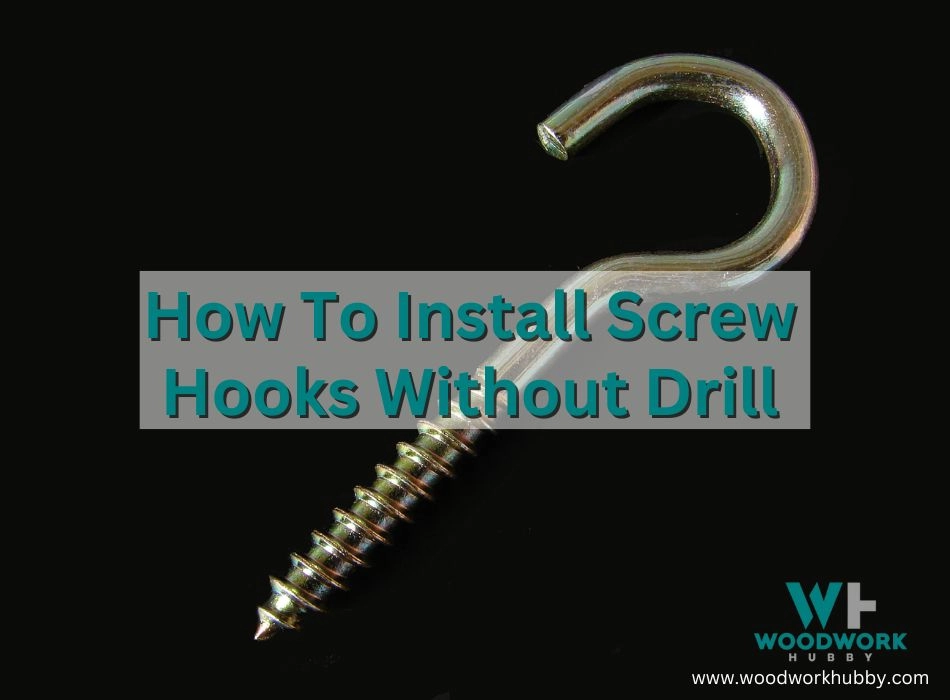Are you struggling with installing screw hooks but lacking the handy tool known as a drill? I totally understand your predicament because I’ve been there myself. After digging deep and experimenting with various methods, I’ve discovered some effective ways on how to install screw hooks without a drill.
So sit tight; this blog is your step-by-step guide on how to turn that problematic hook installation into an easy task!
Key Takeaways
- Using a nail, Brad awl, or screwdriver and hammer can be effective methods for installing screw hooks without a drill.
- Alternatives tools to inserting screw hooks such as a spanner/wrench.
- Choosing the right size screw hook, ensuring proper alignment, applying steady pressure, and using pliers for added leverage are important tips for successful installation.
- Adhesive hooks, self-drilling screw hooks, and wall anchors are alternative methods that can also be used to install screw hooks without drilling.
How to Install Screw Hooks Without a Drill
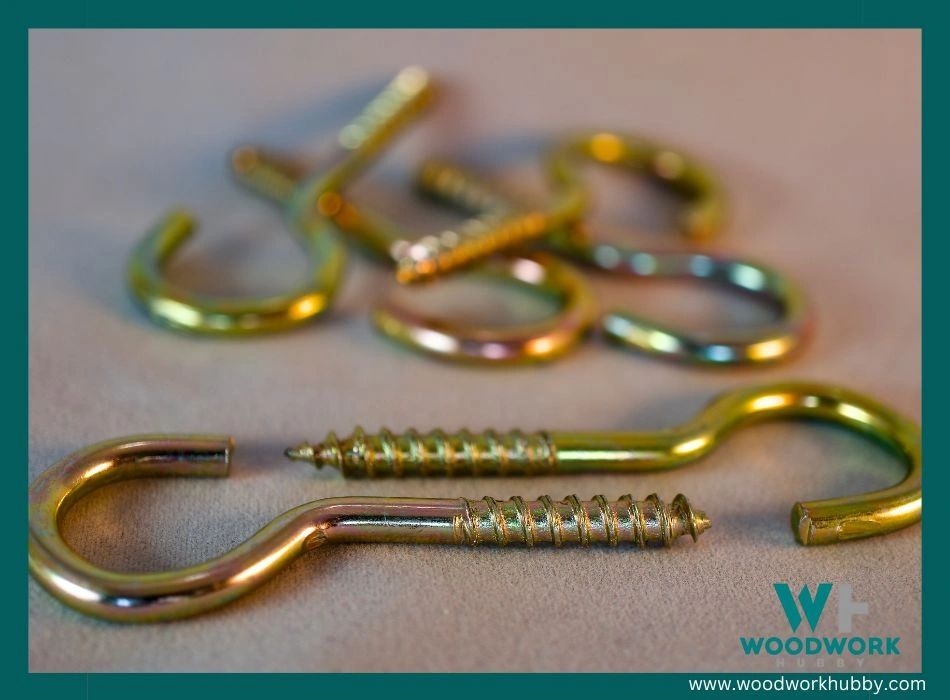
You may have one of 2 problems – How to make a pilot hole without a drill for a screw hook and how to insert the screw hook without a drill. I cover both!
Making A Pilot Hole For The Screw Hook
To install screw hooks without a drill, there are several alternative methods you can try. One way is to use a nail by hammering it into the desired location and then removing it before inserting the screw hook.
Another option is to use a Brad awl to create a pilot hole for the screw hook. You can also use a screwdriver and a hammer to manually drive in the screw hook. Let’s explore each of these methods in more detail.
Use a nail
Installing screw hooks without a drill is just as efficient when using a nail. Here’s how:
- Gather your materials: A screw hook, a nail, and a hammer.
- Start by selecting a nail that is smaller than the screw hook you’re planning to use.
- Position the nail at your desired spot on the wall or wood surface.
- Apply gentle force to drive the nail into the wall with your hammer, forming what we call a pilot hole.
- Remove the nail from the newly – created hole carefully.
- Insert the screw hook into this pilot hole and start turning it slowly using its eye.
- Keep twisting until you feel that it’s secure.
Using a brad awl
I often turn to my trusty brad awl when I need to install screw hooks without a drill. Its sharp point easily pierces wood, creating a convenient guide for the screws. Here’s how it works:
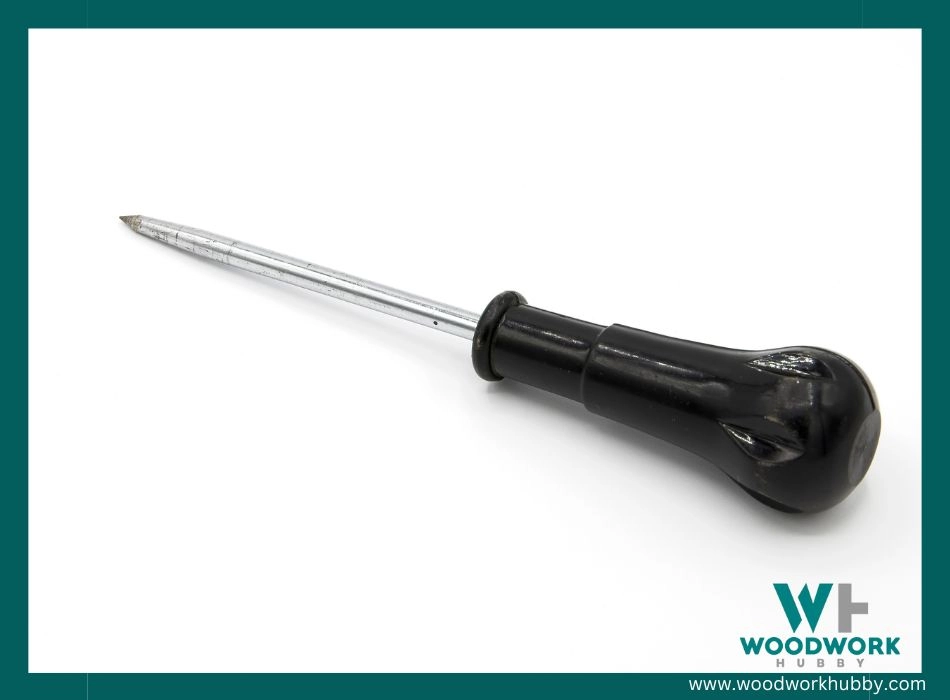
- Mark your desired location for the screw hook.
- Take your brad awl and pierce the wood at the marked spot.
- Apply firm but gentle pressure and twist the tool to create a small hole.
- Insert your screw hook into this preformed hole.
- Rotate it clockwise until it is secure.
Using a screwdriver and a hammer
To install a screw hook without drills, you might want to use tools that are readily available in your toolbox. One such technique involves using a screwdriver and a hammer.
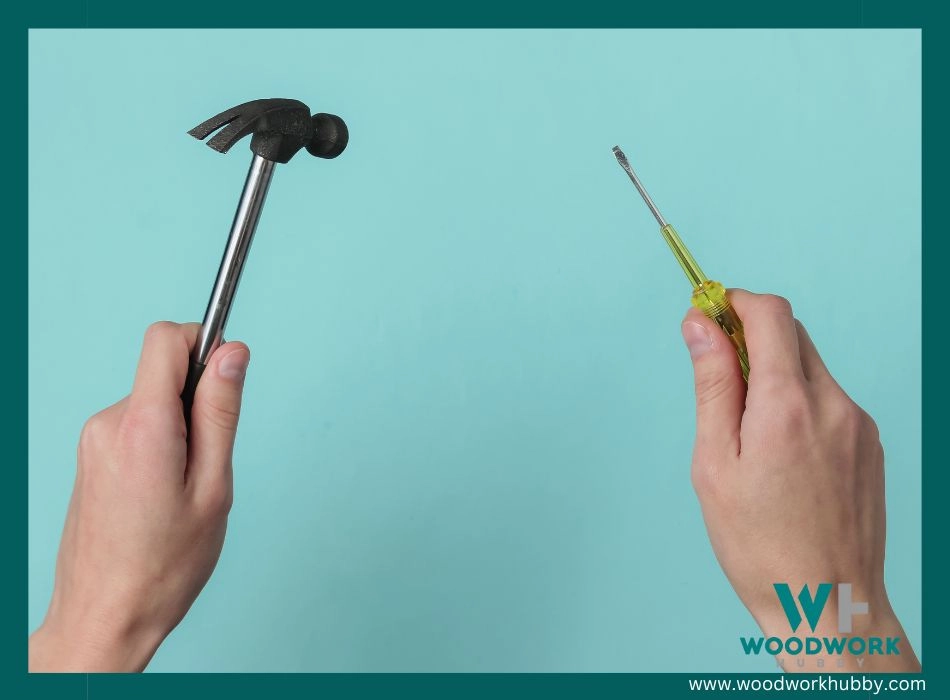
- First, grab a Phillips head screwdriver and position it on the spot where you want to install the screw hook.
- Carefully tap the handle of the screwdriver with a hammer to create a tiny hole, also known as a pilot hole.
- After making this pilot hole, take your screw hook and position its pointed end into the hole.
- Now apply some steady pressure on the hook and twist it clockwise by holding it from its looped end.
- Keep turning until you feel resistance or when it’s almost impossible to turn anymore.
- If you’re finding it hard to twist the hook further, use pliers for added leverage.
Screw Hook Installation Process
Installing a screw hook without a drill is a simple process that can be done in a few easy steps. Here’s how:
- Start by selecting the appropriate screw hook for your needs, making sure it is the right size and weight capacity for the item you want to hang.
- Hold the screw hook firmly in one hand and use your other hand to position it at the desired location on the wall or ceiling.
- Apply steady pressure on the screw hook and begin rotating it clockwise, using a screwdriver or pliers if necessary.
- Continue twisting the screw hook until it is securely fastened into place. Make sure not to overtighten, as this could damage the wall or ceiling surface.
- Test the strength of the screw hook by gently pulling on it to ensure it is securely anchored.
Tips for Installing Screw Hooks
Choose the right size screw hook, align it properly, apply steady pressure, and use pliers for added leverage. Interested in learning more? Keep reading!
Choosing the right size screw hook
Selecting the correct size screw hook is crucial for a successful installation. It’s important to consider the weight and size of the object you’re hanging, as well as the material of the surface it will be attached to.
A general rule of thumb is to choose a screw hook that has a diameter equal to or slightly larger than the thickness of your item. This ensures that it can securely hold the weight without bending or breaking.
Additionally, if you’re installing in drywall or other delicate surfaces, using hollow wall anchors can provide extra support and prevent any damage. Remember, taking the time to properly size your screw hooks will ensure a stable and secure installation every time.
Ensuring proper alignment
To ensure proper alignment when installing screw hooks, it is important to pay attention to a few key details. One essential step is drilling a pilot hole before inserting the screw hook.
This will help guide the hook into place and prevent any splitting or damage to the material you’re working with. Additionally, take care to align canopy screws between ceiling plate hooks for a secure fit and stable installation.
When dealing with specialty hooks like FLEX DELTA CONCRETE or Axiom Core and Shell hooks, be sure to follow specific instructions provided by the manufacturer for proper alignment techniques.
Applying steady pressure
When installing screw hooks without a drill, it is crucial to apply steady pressure. By doing so, you ensure that the screw hook properly grips the surface and provides a secure fastening.
Whether you are using a nail, brad awl, or screwdriver and hammer, applying consistent force while turning will help you achieve the desired results. This manual installation technique allows for precise pressure provision and ensures that the screw hook stays in place without any damage to the wall surface.
Remember to turn with even pressure throughout the process for optimal results.
Using pliers for added leverage
Using pliers for added leverage can be a helpful technique when installing screw hooks without a drill. Pliers allow you to create the rotational force or torque needed to insert the hardware securely into place.
It’s important to choose pliers with sturdy handles and avoid extending their length, as this may compromise their effectiveness. If you need more gripping power, using larger pliers or even a bolt cutter could be necessary.
Just keep in mind that cushion grip pliers should not be used for installing screw hooks. So, grab your trusty pair of pliers and give yourself that extra boost when working with those stubborn screw hooks!
Alternative Methods of Installing Screw Hooks
There are several alternative methods for installing screw hooks without a drill, such as using adhesive hooks, self-drilling screw hooks, and wall anchors.
Video on adding drywall hooks without a drill
Using adhesive hooks
Adhesive hooks are a convenient alternative for installing screw hooks without the need for a drill. Here are some tips for using adhesive hooks:
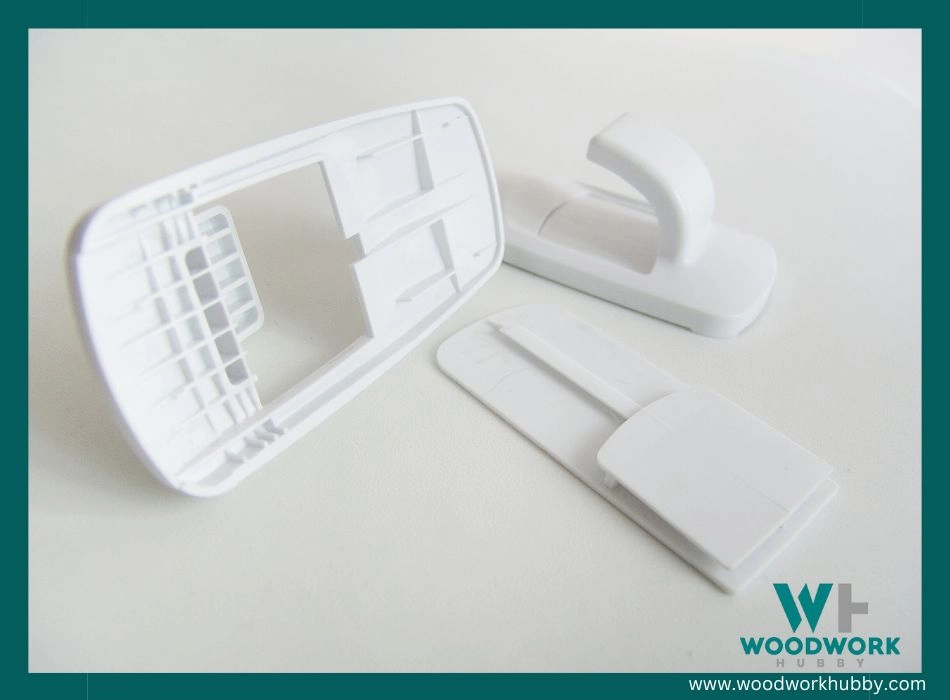
- Choose the right adhesive hook for your surface, whether it’s brick, vinyl siding, or a wall.
- Make sure the surface is clean and dry before applying the adhesive hook.
- Peel off the backing from the adhesive hook and press it firmly onto the desired location.
- Hold the adhesive hook in place for a few seconds to ensure proper adhesion.
- Let the adhesive cure according to the manufacturer’s instructions before hanging any items on the hook.
Using self-drilling screw hooks
Installing screw hooks without a drill can be made easier with the use of self-drilling screw hooks. These versatile hooks have a drill bit-like tip that eliminates the need for pre-drilling pilot holes. Here are some key points to keep in mind when using self-drilling screw hooks:
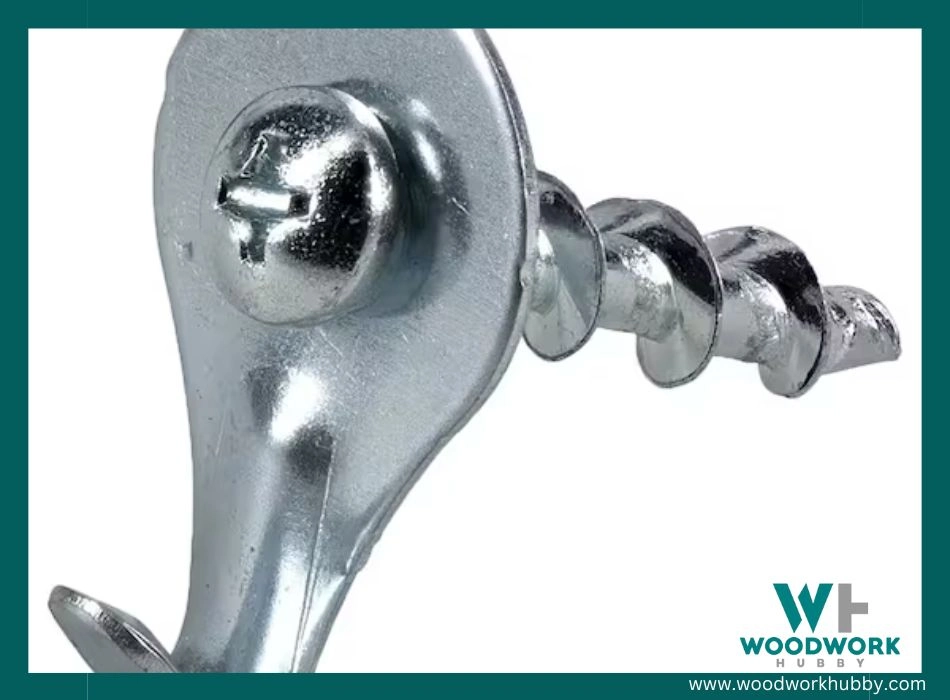
- Choose the right size and type of self-drilling screw hook for your application. Consider the weight and size of the object you’ll be hanging.
- Prepare the surface by marking the desired location for the screw hook. Use a pencil or marker to make a clear guide.
- Align the tip of the self-drilling screw hook with your marked spot on the surface.
- Apply steady pressure and begin twisting the self-drilling screw hook clockwise into the material. The drill bit-like tip will create its own hole as it goes in.
- Continue twisting until the self-drilling screw hook is securely in place, making sure it is straight and flush against the surface.
- Test stability by gently tugging on the screw hook. If it holds firmly, you’re good to go!
Using wall anchors
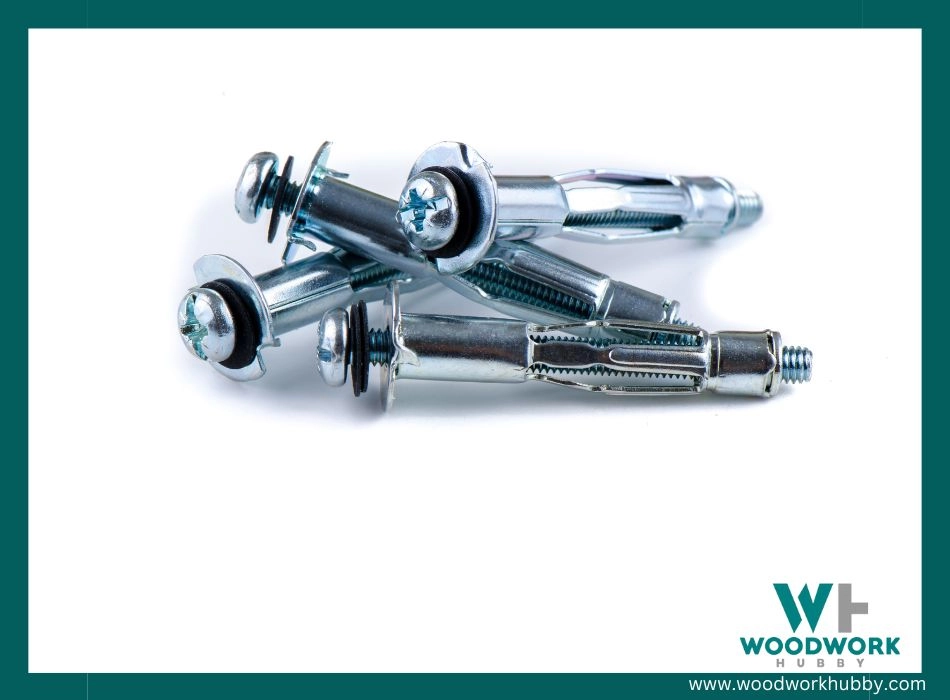
To install screw hooks without a drill, one option is to use wall anchors. Wall anchors are handy devices that provide stability and support when mounting items on a wall. They are especially useful for hollow walls or surfaces that cannot support the weight of the screw hook alone. Here are some steps to follow when using wall anchors:
- Choose the right type of wall anchor based on your specific needs, such as hollow wall anchors or threaded anchors.
- Determine the weight capacity requirements of your screw hook and select an appropriate wall anchor accordingly.
- Use a power drill to create a pilot hole in the desired location on the wall.
- Insert the wall anchor into the pilot hole until it is flush with the surface of the wall.
- Secure the anchor in place by gently pulling on it or tapping it lightly with a hammer.
- Once the anchor is securely in place, you can now attach your screw hook to it.
Common Challenges and Solutions
Addressing common challenges such as screws not staying in the wall, difficulty in creating a pilot hole, and potential damage to the wall surface can help ensure successful screw hook installation.
Find solutions to these challenges and more in this blog post.
Screws not staying in the wall
I’ve encountered the frustrating problem of screws not staying in the wall before. One solution that I found useful is using wall anchors. These anchors provide extra support and prevent screws from pulling out of the wall.
Hollow wall anchors or drywall anchors are particularly effective for this. Another tip is to make sure your pilot hole is the right size. If it’s too big, plastic anchors can pull out of the wall easily.
By using appropriate anchors and ensuring proper pilot hole size, you can help ensure that your screws stay securely in place without any issues.
Difficulty in creating a pilot hole
Creating a pilot hole can sometimes be challenging, especially when working with hardwood or other materials that are resistant to screws. It’s important to ensure the hole is properly sized and aligned to prevent issues like cracked wood or stripped screws.
By using the right tools, such as a brad awl or screwdriver and hammer combination, you can overcome this difficulty and create a pilot hole that allows for smooth screw insertion.
Damage to the wall surface
Damage to the wall surface can occur when drilling or nailing into studs, causing a type of damage called a nipple. It’s important to be cautious and take steps to prevent this kind of damage.
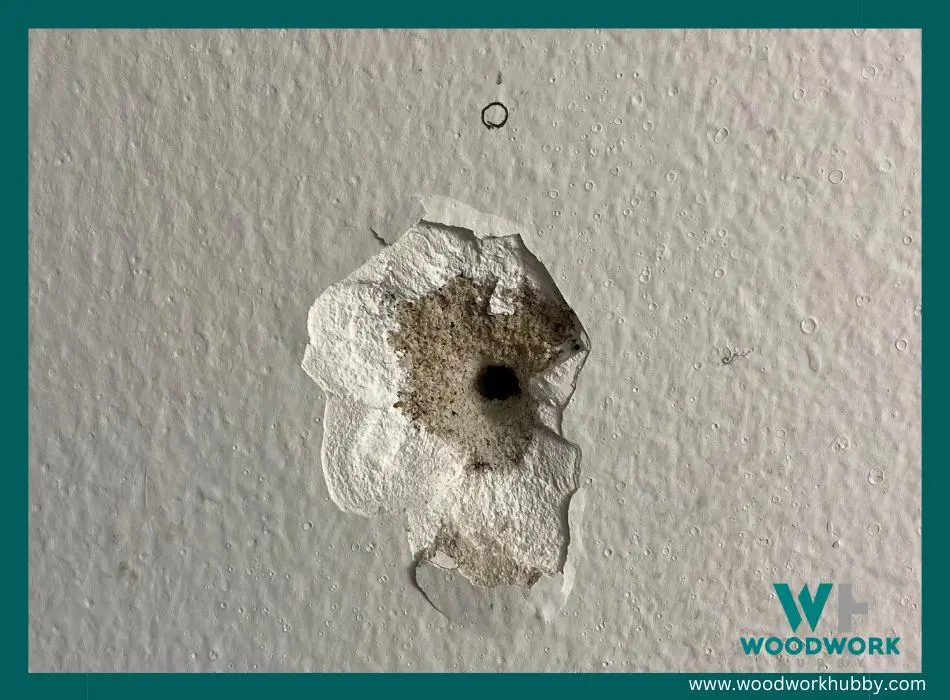
Using techniques like pre-drilling pilot holes or using adhesive hooks can help minimize the risk of damaging the wall surface. Additionally, using large pieces of paper and painter’s tape to position items before hanging them on walls can also prevent accidental damage.
Conclusion – How To Install Screw Hooks Without Drill
In conclusion, installing screw hooks without a drill can be easily achieved with alternative methods and tools. Whether using a nail, brad awl, or screwdriver and hammer combination, it is possible to securely hang hooks without the need for power tools.
By following the tips and techniques outlined in this guide, you can confidently install screw hooks in various surfaces without drilling.
FAQs
1. Can screw hooks be installed without using a drill?
Yes, screw hooks can be installed without a drill by using alternative methods such as manually twisting them into the surface or utilizing adhesive hooks.
2. What are some alternatives to drilling when installing screw hooks?
Besides manually twisting the screw hook or using adhesive hooks, other alternatives include hammering the hook into place or using a power driver tool if available.
3. Are there any limitations to installing screw hooks without a drill?
Installing screw hooks without a drill may have limitations in terms of the strength and stability of the installation. It is important to consider the weight-bearing capacity of the surface and choose appropriate alternative methods accordingly.
4. How do I ensure that my screw hook stays securely in place without drilling?
To ensure that your screw hook stays securely in place when not using a drill, make sure to twist it tightly into the surface with sufficient force, double-check for any signs of loosening, and avoid hanging heavy objects that exceed its weight limit.

